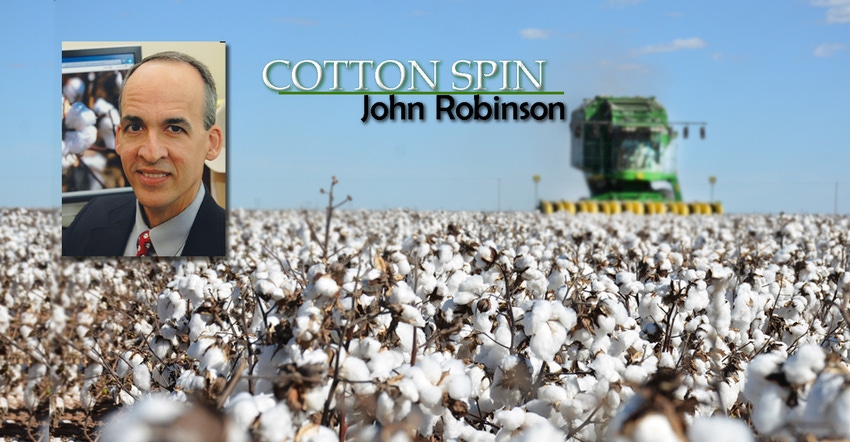
USDA’s June World Agricultural Supply and Demand Estimates report continued the trend of downshifting demand and burdensome ending stocks.
As in the April and May reports, USDA again whittled down on the cotton consumption category, trimming another 200,000 bales from U.S. domestic spinning. Projected world old crop cotton consumption was 7.5 million fewer bales in April compared to March. The May WASDE lowered world consumption another five million bales, and the June WASDE lowered it another two million bales.
These cuts in cotton consumption are in keeping with common sense and historical experience. Cotton consumption declines during recessions. And this time, we have the added effect of consumers sheltering at home and only buying essentials.
This is why we saw an incredible 79% month-over-month drop in U.S. retail apparel store sales in April. True, clothing sales did rebound in May, but they are still way down from this same time last year. Consumer patterns have been disrupted, and it will take a while for them to get normal again. I think the same pattern will be reflected in the new crop balance sheet.
These recent WASDE reports keep resulting in higher and higher world ending stocks. This is fundamentally bearish for the rest of this marketing year and represents a large carry-in to the new crop supply picture. The same is true for projected U.S. cotton ending stocks. With 7.3 million bales of carry-in, the 20/21 balance sheet winds up with a whopping 8 million bale carry-out.
Which brings us to the annual tug of war. It is common for bearish demand outlooks to be balanced, at least temporarily, with the possibility of having a smaller-than-expected supply. I am talking about a short crop situation where fewer-than-expected acres, and/or higher abandonment, and/or lower yields all combined to cut a few million bales out of the new crop supply. Indeed, some areas of the Cotton Belt have already had very tough early season growing conditions like the dry Southern Plains.
The uncertain outcome of this tug of war will buoy prices for a while. But eventually, we will have some benchmark estimates of new crop production, starting in August. Then the uncertainty premium will begin to fade.
If I had to guess, I could then see ICE futures slide from the mid-lower 60s back into the 50s. Why? Because while a 6 million bale carry-out is less bearish than an 8 million bale carry-out, it is still relatively bearish.
For additional thoughts on these and other cotton marketing topics, please visit my weekly on-line newsletter at http://agrilife.org/cottonmarketing/.
About the Author(s)
You May Also Like




